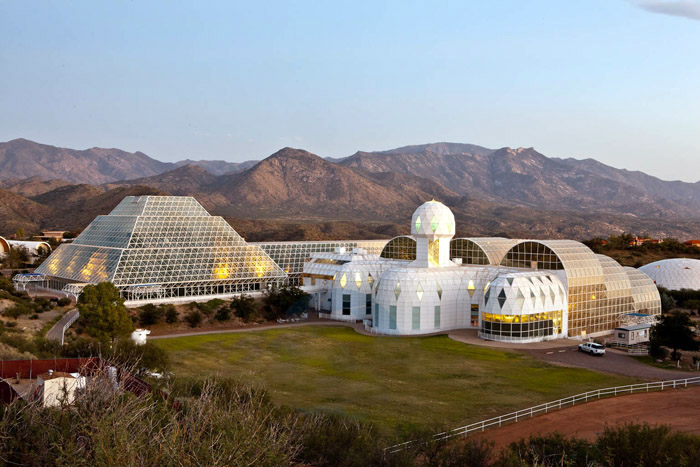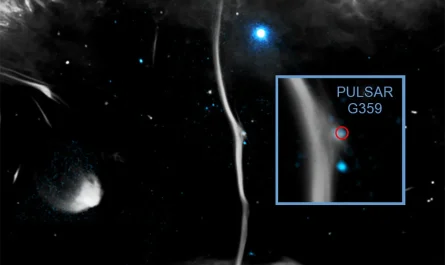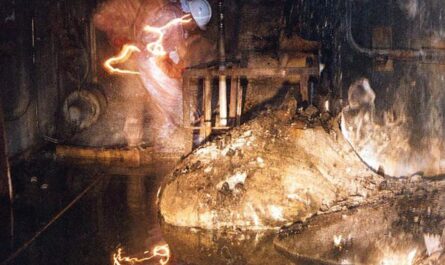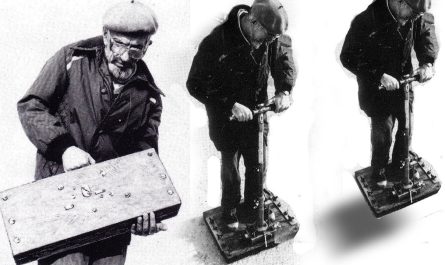Purpose of the Experiment
Biosphere 2 was one of the most ambitious scientific experiments ever conducted. Its goal was to test whether humans, plants, and animals could survive in a completely self-sustaining ecosystem without any external supplies.
Built in Arizona, USA, the project aimed to simulate Earth’s ecological systems in a sealed environment.
Scientists designed it to prepare for possible life on other planets, especially Mars. They wanted to know if people could live inside a closed biosphere where oxygen, food, water, and waste recycling were all maintained internally.
Structure and Ecosystems of Biosphere 2
The facility covered more than 13,000 m² and contained several biomes representing Earth’s major environments:
- Tropical rainforest
- Savannah
- Marshland
- Desert
- Coral-reef ocean
- Agricultural zone for human food production
The system was designed to maintain its own balance: plants would produce oxygen, while humans and animals consumed it and released CO₂. The ecosystems would recycle waste and regenerate food sources naturally.
Life Inside the Closed Biosphere
In 1991, eight people entered Biosphere 2 to live for two years in complete isolation from the outside world.
At first, everything worked as planned — plants produced oxygen, food was sufficient, and the ecosystem appeared stable.
However, serious problems soon emerged:
- Oxygen levels dropped from 21% to 14% after 16 months — similar to conditions at high altitude. Participants suffered from fatigue and oxygen deprivation.
- Crop yields declined, leading to food shortages.
- Ecosystem imbalance developed: many species died out, while others, like insects, became dominant.
- CO₂ levels fluctuated dangerously because soil bacteria absorbed oxygen and released CO₂ faster than plants could convert it back.
Why Did Oxygen Levels Fall?
The sharp drop in oxygen became one of the experiment’s biggest surprises.
Afterward, scientists discovered that:
- Soil bacteria consumed large amounts of oxygen while decomposing organic material.
- The soil contained too much organic matter, which accelerated microbial metabolism.
- CO₂ absorption was inefficient because plants could not photosynthesize fast enough to maintain equilibrium.
These factors created unexpected climate and ecological instability inside the sealed system — offering important insight into the fragility of Earth’s biosphere and future space habitats.
Failure and Lessons Learned
Although the mission ended early and was labeled a failure, it provided valuable scientific lessons:
- A closed ecosystem is far more complex than expected — even small microbial changes can disrupt oxygen and CO₂ balance.
- Such systems cannot be easily controlled; true sustainability requires deep understanding of biological interactions.
- Living in isolation poses major human challenges — oxygen shortage, hunger, and psychological stress were constant issues.
- Future Mars or space colonies must rely on precise ecological balance and efficient life-support systems.
Continuing Research
Yes — Biosphere 2 still exists today and is now managed by the University of Arizona. It is no longer sealed but serves as a research center for climate and ecology.
Meanwhile, NASA and other institutions continue similar experiments:
- Antarctic simulations test human endurance in isolation.
- Mars-colony research explores food and oxygen production in closed habitats.
- Plant-growth studies on the ISS examine how vegetation adapts to microgravity and limited oxygen.
Conclusion
Biosphere 2 remains one of the largest closed-ecosystem experiments ever attempted.
Although it failed to achieve full self-sufficiency, it revealed how fragile ecological balance can be — and how difficult it is to replicate Earth’s natural systems.
The project deepened our understanding of what it takes for humans to survive on other planets and contributed significantly to modern climate and ecological science.



